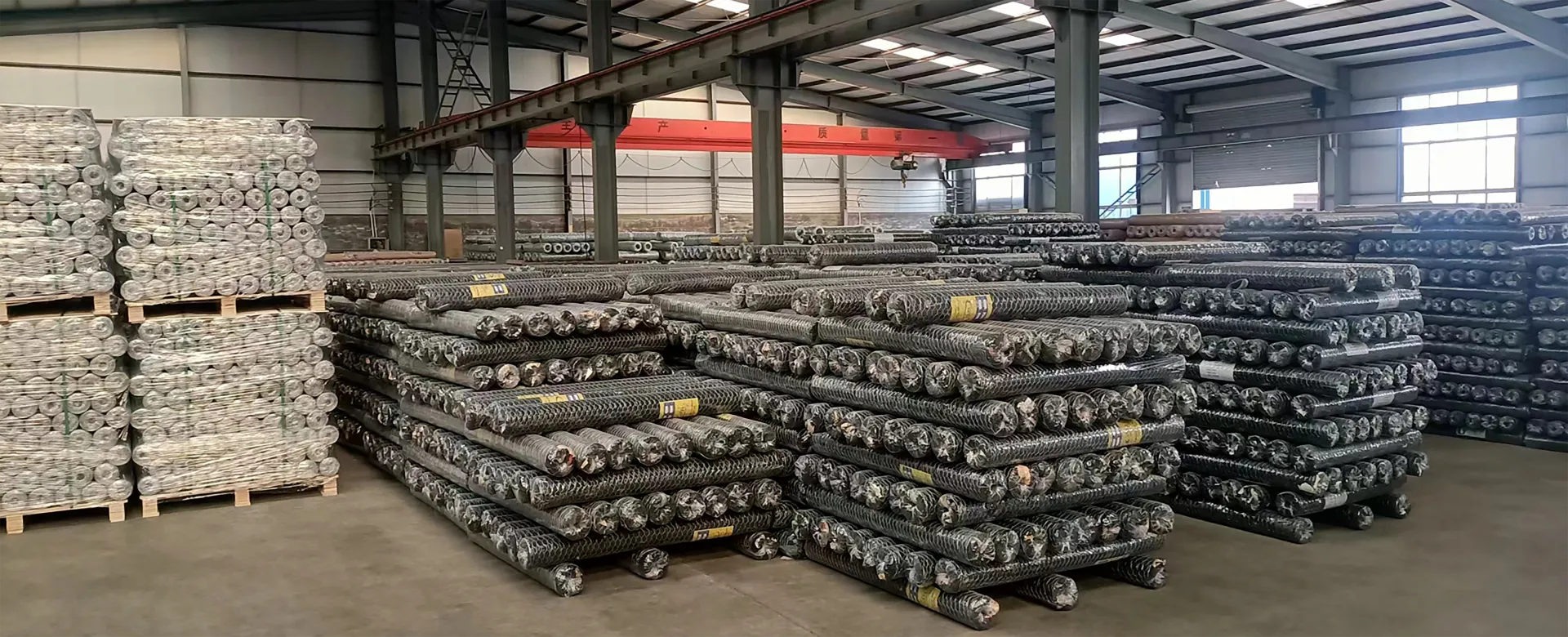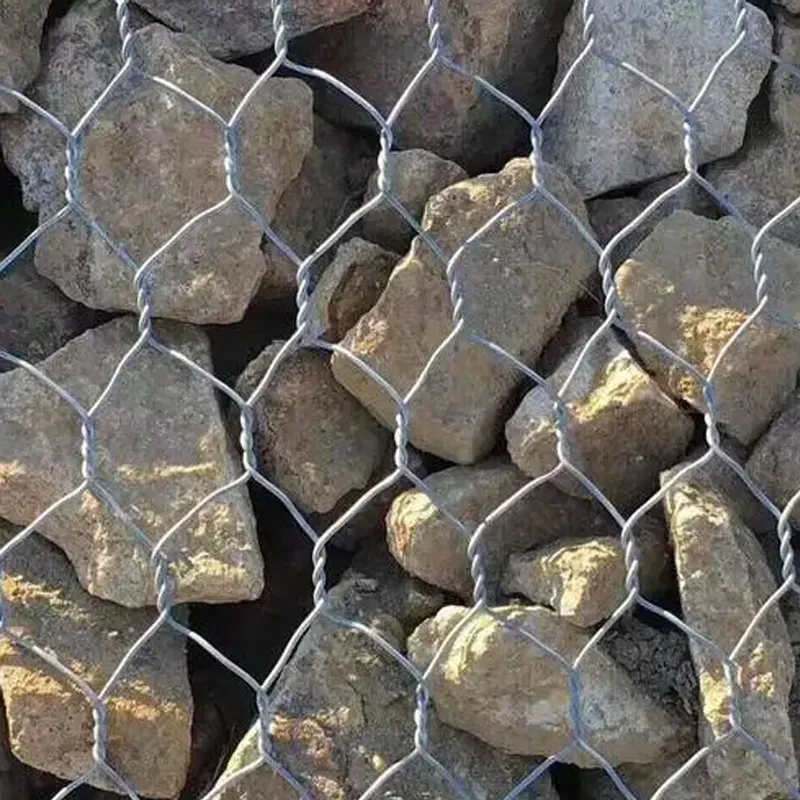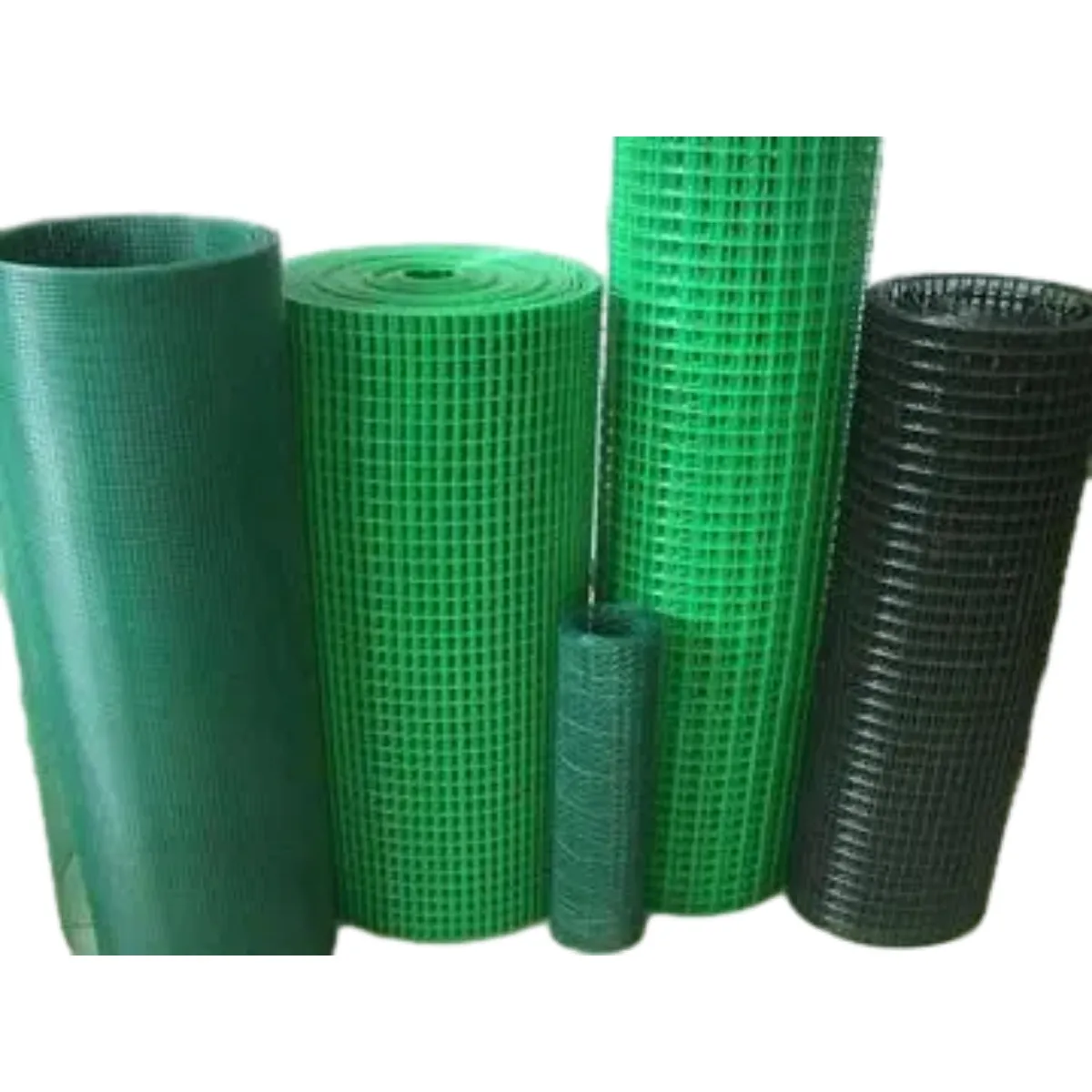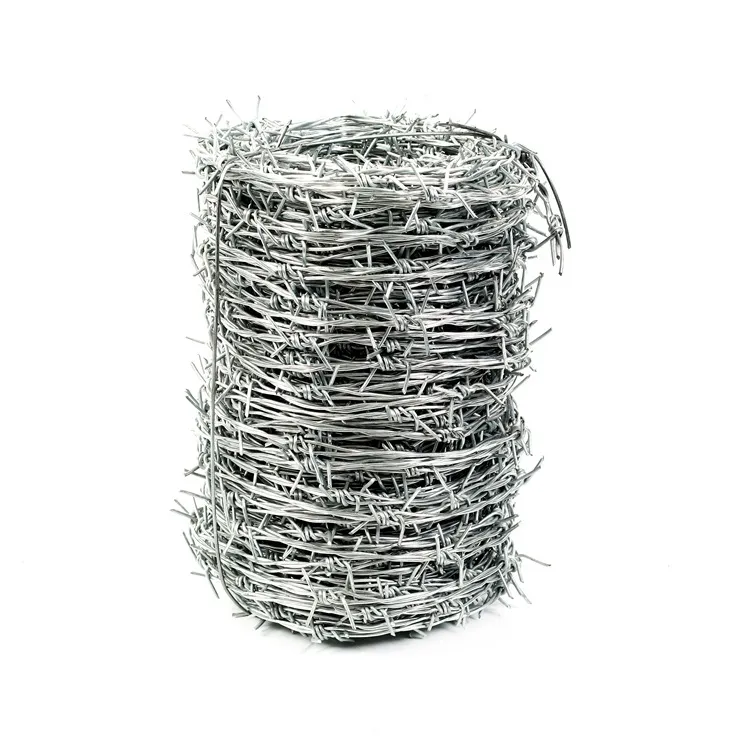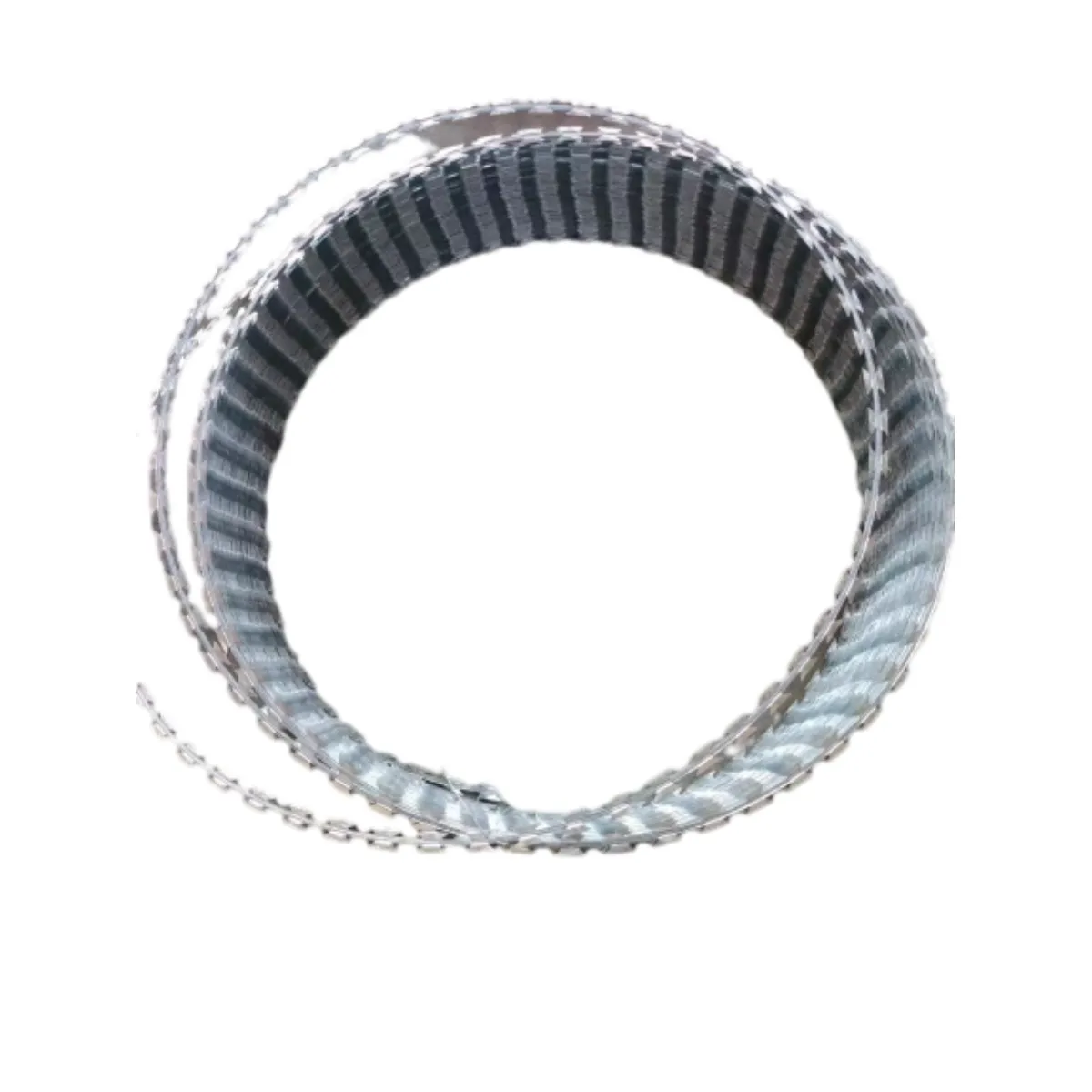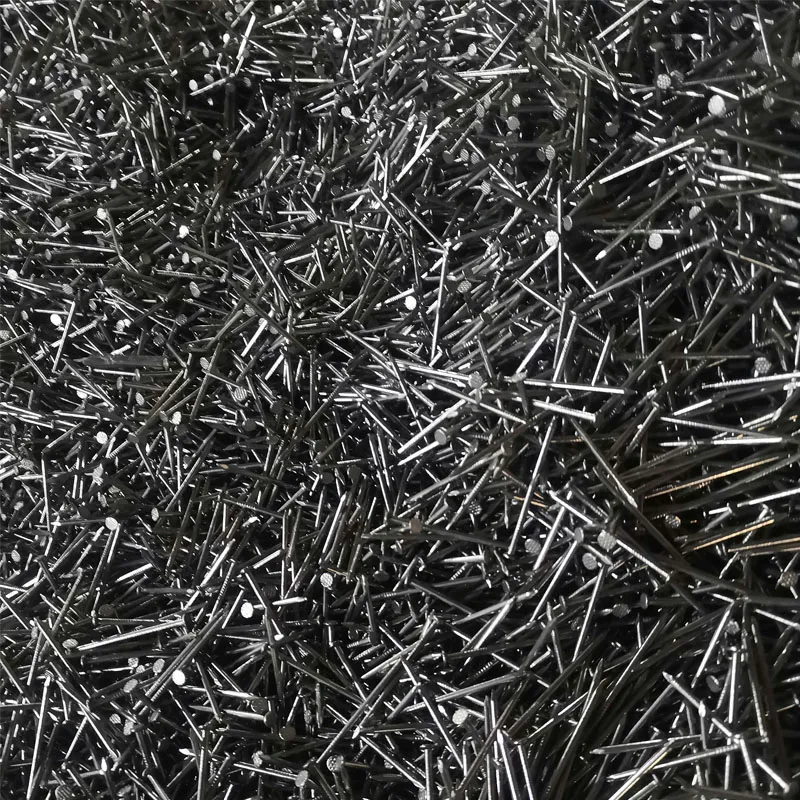Aug . 13, 2024 18:17 Back to list
Exploring the Varieties and Applications of Single Barbed Wire in Modern Fencing Solutions
The Unseen Strength of Single Barbed Wire
In the realm of fencing and security, few materials evoke a sense of both protection and utility as effectively as single barbed wire. This simple yet robust product has become an indispensable component in various applications, from agricultural boundaries to industrial security. While often overlooked, single barbed wire possesses unique attributes that contribute significantly to its widespread use.
Single barbed wire consists of two strands twisted together with evenly spaced barbs protruding at intervals. The design is ingeniously simple yet highly effective. The barbs serve a dual purpose they deter intruders and prevent livestock from straying beyond secure perimeters. Farmers and ranchers have long utilized this fencing solution to protect their fields and animals, understanding that the investment in a secure fence can protect against costly losses.
One of the most remarkable qualities of single barbed wire is its strength-to-weight ratio. Made typically from galvanized steel, it is incredibly durable, capable of withstanding harsh weather conditions, heavy tension, and impacts. This resilience is essential, especially in rural and industrial settings where barriers may need to endure the elements or physical encounters. The galvanized coating not only enhances the wire's durability but also ensures that it resists rust and corrosion, prolonging its lifespan significantly.
single barbed wire

Beyond its utility in agriculture, single barbed wire has been repurposed in more secure environments, such as military facilities, prisons, and high-security areas. The sight of barbed wire coils adorning walls or fences serves as a psychological deterrent, signaling that the area is off-limits and heavily secured. In these contexts, the presence of single barbed wire can effectively minimize breaches, enhancing the overall safety of the premises.
Despite its formidable appearance and reputation as a barrier, single barbed wire is not without its controversies. Critics often voice concerns regarding animal welfare, particularly when used in areas frequented by wildlife or domestic pets. Accidental injuries can occur, leading to debates about the ethics of using such fencing methods. This has prompted some developers to create alternatives that maintain security without compromising the safety of animals and humans alike.
Moreover, environmental considerations also come into play. The impact of barbed wire on ecosystems and habitats is an important topic. As wildlife conservation efforts gain momentum, the challenge lies in balancing the need for security with the preservation of natural habitats. Innovative designs that incorporate wildlife corridors or less harmful fencing alternatives are being explored, illustrating a shift towards more environmentally friendly practices.
In conclusion, single barbed wire remains a vital tool in various sectors, embodying strength, utility, and a touch of controversy. Its effectiveness in protecting properties, livestock, and high-security areas cannot be overstated. Nevertheless, the discussions surrounding its use hint at a broader reevaluation of how we enforce boundaries in an ever-evolving world. As technologies advance and societal expectations shift, the future of single barbed wire may see modifications and innovations that align with modern values of safety, ethics, and environmental responsibility. This adaptability may very well ensure that single barbed wire continues to play a crucial role in fence construction for many years to come.
-
The Role of Field Wire Fence in Grassland Conservation
NewsJul.15,2025
-
Stainless Steel Razor Wire Durability in Coastal Environments
NewsJul.15,2025
-
Enhancing Home Security with Mesh Fences
NewsJul.15,2025
-
Diamond Mesh Wire for Small Animal Enclosures
NewsJul.15,2025
-
Common Wire Nail Tensile Strength Testing for Woodworking
NewsJul.15,2025
-
Barbed Wire Corrosion Resistance Galvanization Techniques
NewsJul.15,2025

